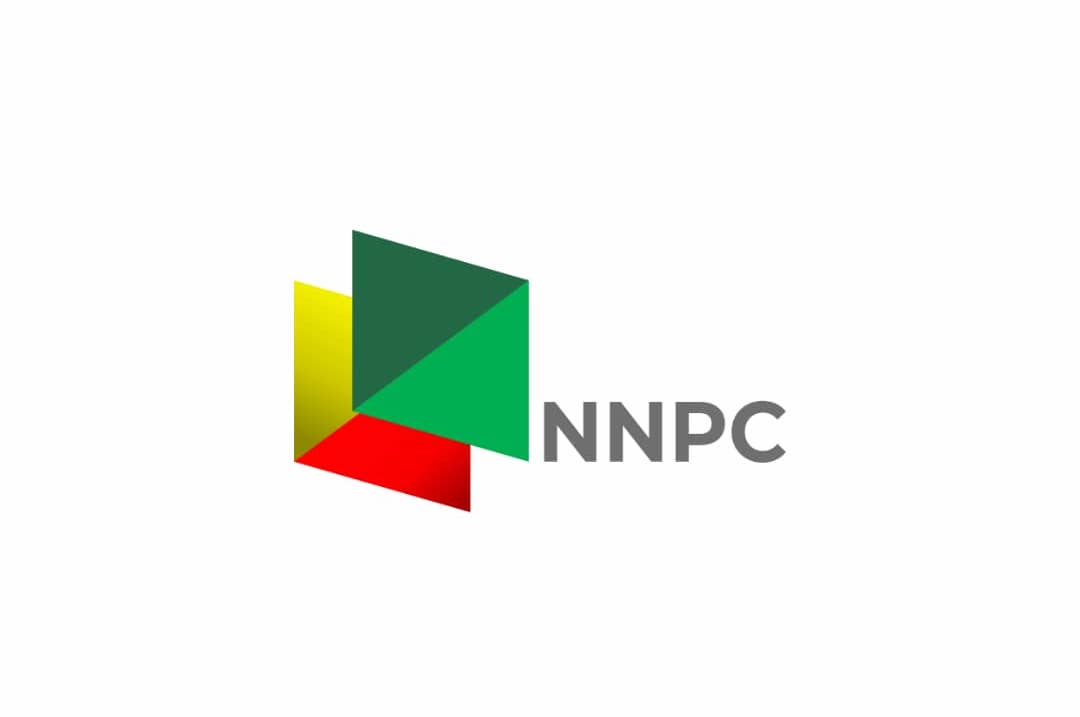Onyebuchi Ezigbo in Abuja
World Health Organisation (WHO) said the African region had made some limited progress in lowering maternal mortality since 2000.
WHO, however, said the continent needed a 12-fold increase in the annual reduction rate to reach the Sustainable Development Goals (SGD) target of fewer than 70 deaths per 100 000 live births by 2030.
The statistics came from new estimates by the United Nations Maternal Mortality Estimation Interagency Group.
In a statement, the acting WHO Regional Director for Africa, Dr. Chikwe Ihekweazu, said despite a 40 per cent decline in maternal mortality, from 727 to 442 deaths per 100 000 live births between 2000 and 2023, the region still accounted for 70 per cent of global maternal deaths.
The report said each year, an estimated 178 000 mothers and 1 million newborns die in the Africa region – many from preventable causes.
Ihekweazu said, “At the current annual reduction rate of 2.2 per cent between 2000 and 2023, the region is projected to have nearly 350 maternal deaths per 100 000 live births by 2030, five times higher than the SDG target of fewer than 70 deaths.
“Likewise, although stillbirth and neonatal mortality rates have declined by 30 percent and 33 percent respectively between 2000 and 2023, sub-Saharan Africa still accounts for 47 percent of stillbirths and 46% of global new-born deaths.”
Ihekweazu said the region was projected to record neonatal mortality rate of twice the SDG target of at least as low as 12 deaths per 1000 live births by 2030.
He said this year’s World Health Day, marked under the theme, Healthy Beginnings, Hopeful Futures, called on governments, donors and communities to ramp up efforts to end preventable maternal and newborn deaths and prioritise the longer-term health and well-being of women and children.
Ihekweazu stated, “In too many places, pregnancy and childbirth are still life-threatening events. But it doesn’t have to be this way. Every dollar invested in maternal and newborn health delivers major returns: healthier families, stronger societies and sustainable economic growth.”
The WHO scribe listed key barriers to progress to include inadequate financing, weak governance, health workforce shortages, and recurring shocks, such as disease outbreaks and conflicts, all of which disrupted maternal and child health services.
He said in fragile and crisis-affected settings, women and children were particularly at risk.
Ihekweazu also listed leading causes of maternal deaths in the region to include haemorrhage, hypertensive disorders, infections, unsafe abortion and obstructed labour, conditions that were largely preventable or treatable with access to timely, quality care.
Among newborns, preterm births, complications during childbirth, sepsis and neonatal infections, as well as congenital anomalies were the common causes of deaths, WHO stated.
WHO said it was supporting countries across the region in implementing a wide range of interventions. These included developing and rolling out maternal and newborn health acceleration plans and implementing antenatal and postnatal care guidelines, it said.
The specialised agency of the United Nations said other priorities included increasing access to skilled health personnel at birth and emergency obstetric care, expanding special care for small and sick newborns, and tackling the social and economic drivers of health inequities.
It said more than 60 per cent of countries in the African region now reported that over 80 per cent of births were attended by skilled health personnel, a significant improvement from just 28 per cent in 2010.
However, WHO stated that progress varied across the region, with rural and crisis-affected areas continuing to face acute service shortage gaps.
World Health Day 2025 marks the launch of a year-long campaign to drive investment and momentum in maternal and newborn health.


